In the realm of modern air warfare, advanced missile technology plays a pivotal role in securing aerial superiority and maintaining national defence. The AIM-120 AMRAAM (Advanced Medium-Range Air-to-Air Missile), an American-origin beyond-visual-range missile, stands as a testament to this technological prowess. Capable of all-weather day-and-night operations, it serves as an invaluable asset in controlling the skies against incoming aerial threats.
Its robust technology equips pilots with the tools they need for air dominance and victory. Let’s delve deeper into the capabilities of this magnificent FOX-3 missile, which is set to remain a cornerstone of American military aviation for at least another decade.

The AMRAAM stands as the pinnacle of air dominance weaponry on a global scale. Over a span of more than three decades, it has undergone meticulous design, continual improvements, rigorous testing, and efficient production, all while consistently meeting the operational requirements of combatants regardless of weather conditions or the range from which it’s deployed. Its remarkable capabilities have been unequivocally proven through over 4,900 successful test launches and a track record of over 16 victories in air-to-air combat. Upon launch, NATO pilots employ the brevity code ‘Fox Three’ to denote the deployment of this formidable missile.
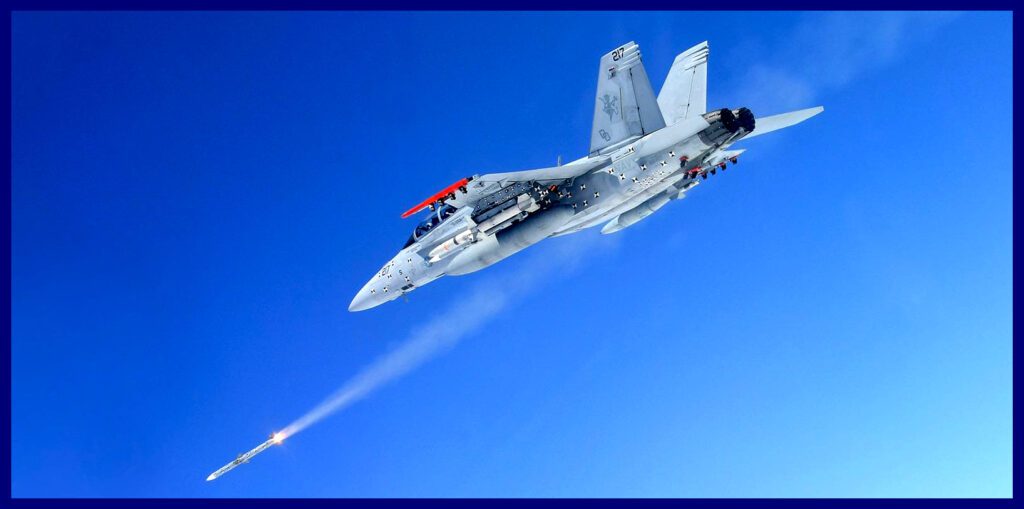
The AMRAAM falls into the category of versatile dual-role missiles, providing operational adaptability for both air-to-air and surface-launch engagements. In its air-to-air capacity, the missile leverages an advanced active guidance section and a well-established seeker design, enabling it to swiftly locate targets even in the most demanding operational conditions. In the surface-launch configuration, it serves as the foundational armament for NASAMS (Norwegian Advanced Surface-to-Air Missile System), granting nations the ability to employ the same missile seamlessly in both roles, without necessitating any modifications.
The Missile History
The missile program completed its conceptual phase in February 1979 when the U.S. Air Force selected two of five competing contractors, Hughes Aircraft Co. and Raytheon Co., to continue into the validation phase.
The contractors kept developing missiles during the 33-month validation phase by creating real hardware to illustrate their technological principles. After both contractors proved that their flight-test missiles could meet Air Force and Navy criteria, the program phase was completed in December 1981. The Missile System Group of Hughes Aircraft Co. in Canoga Park, California, was chosen by the Air Force after a competitive selection process.

Hughes Aircraft Co. finished the development of the missile during the full-scale development stage, and Raytheon was chosen as a follower producer. In 1987, a production contract was given to both providers. At Eglin AFB in Florida, White Sands Missile Range in New Mexico, and Point Mugu in California, more than 200 test missiles were fired during flight testing. Additionally, the external design of AMRAAM came with 98 per cent commonality with its predecessor AIM-7 Sparrow missile.
Since its inception, more than 36 nations have received this missile. There have been 2,900 live firings and over 1.8 million captive-carry hours conducted with the missile. Combat aircraft, including the F-15, F-16, F/A-18, F-22, Typhoon, Gripen, Tornado, Harrier, F-4, and the F-35 Joint Strike Fighter, are all integrated with it. The missile has been used in several engagements, achieving 16 air-to-air kills in conflicts.
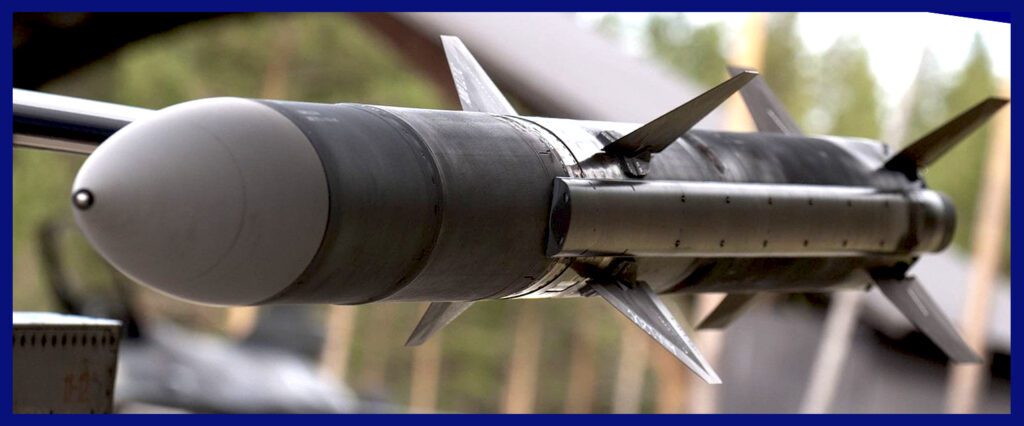
A SAM Variant: The AMRAAM missile also serves as the Surface-Launched AMRAAM for the U.S. Army and is integrated into the Norwegian Advanced Surface-to-Air Missile System (NASAMS). Raytheon Missiles & Defense, in collaboration with KONGSBERG, successfully conducted a live-fire test of the Advanced Medium Range Air-to-Air Missile Extended Range (AMRAAM-ER) variant designed for NASAMS. This test took place at the Andoya Space Defense Center in April 2021 and provided invaluable flight data to enhance the missile’s future software algorithms. A new NASAMS launcher, capable of accommodating the larger size of the AMRAAM-ER, was used in the test. This missile, powered by a Nammo-manufactured rocket motor, enables intercepts at extended ranges and higher altitudes compared to other interceptors.

The Evolution and Development of the AIM-120 AMRAAM Missile
The creation of the AIM-120 Advanced Medium-Range Air-to-Air Missile (AMRAAM) was the result of an agreement between the United States and several NATO member countries. This agreement aimed to jointly develop air-to-air missiles and facilitate the sharing of production technologies. Under this agreement, the United States took the lead in developing the next-generation medium-range missile, known as AMRAAM, while Europe was responsible for the development of the next-generation short-range missile, referred to as ASRAAM
As a result, the missile program received collaborative support from both the United States Air Force (USAF) and the United States Navy (USN), with leadership primarily provided by the Air Force. The conceptual phase of the program reached its conclusion in February 1979 when Hughes Aircraft and Raytheon were chosen as the preferred contractors by the USAF to advance into the validation phase.

Although Europe initially embraced the missile program, work on the MBDA Meteor missile, a rival to AMRAAM, also commenced in the UK. After extensive research, the US Air Force’s McDonnell Douglas F-15 Eagle fighter squadrons began deploying the AIM-120A AMRAAM in September 1991. Concurrently, the US Navy adopted it for McDonnell Douglas F/A-18 Hornet squadrons in 1993.
Likewise, Russia also developed a similar type of advanced medium-range air-to-air missile under the name Vympel (R-77), and France also developed their own version of the advanced missile as MICA (Missile d’Interception, de Combat et d’Auto-défense). In addition to Europe’s involvement in the missile program, it’s noteworthy that Russia introduced the Vympel R-77 and France unveiled the MICA missile, both serving as counterparts to AMRAAM.
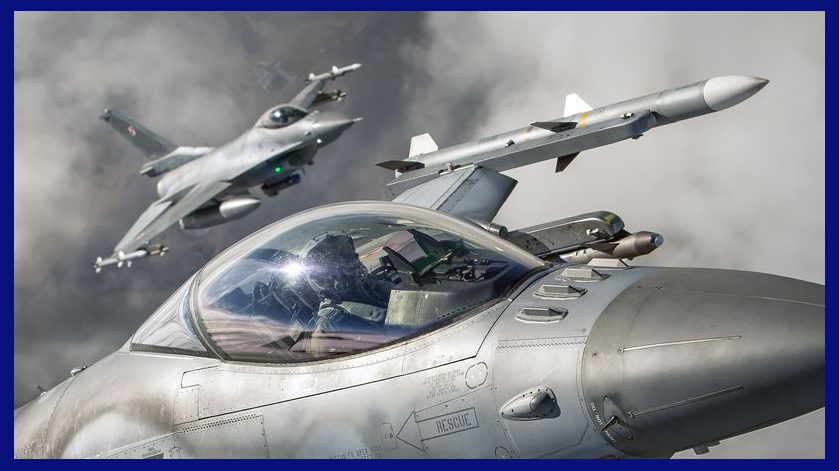
Design Features of the AIM-120 Air-to-Air Missile
Evolved from the family of Sparrow missiles (AIM-7), the AMRAAM was meticulously engineered with the goal of being faster, more compact, and lighter compared to the Sparrow. The missile’s design is organized into distinct sections for guidance, armament, propulsion, and control. It possesses the critical capabilities of operating beyond visual range and effectively homing in on jammed signals
The missile delivers exceptional performance while maintaining a lightweight and cost-effective design. It employs a blend of inertial guidance, midcourse updates, and an onboard active radar system to precisely locate its designated target and successfully execute the intercept. Thanks to continuous development and ongoing modernization efforts, it continues to set the benchmark for excellence in the realm of air dominance
The missile measures 3.6 m in length, 17.7 cm in diameter, and 52.5 cm in wingspan. The missile’s launch weight is 162.4 kg. It can go a maximum distance of between 50 and 80 nautical miles ( nm ) while carrying a 22 kg high-explosive explosion fragmentation warhead.

Later-Generation All-Aspect Variations of AIM-120 AAM
There have been four AMRAAM types produced. The original variant, the AIM-120A, is no longer manufactured. An enhanced version, the AIM-120B, was unveiled in 1994. The AIM-120C has enhanced warhead technology and smaller control surfaces to enable internal carriage aboard the F/A-22 aircraft. It was further improved to produce the AIM-120C-7 derivative, which was tested successfully in 2003.
The newest member of the missile family is the AIM-120D. The variant includes cutting-edge hardware and software technologies for better navigation, range, and HOBS ( High-Angle Off-Boresight ) capability, and it completed its seventh test flight in May 2009. A total of 1,031 AIM-120D missiles were supplied for the US Air Force and Navy by October 2014 after the FOT&E ( Follow-on Operational Test and Evaluation ) of the AIM-120D variant was completed in July 2014.
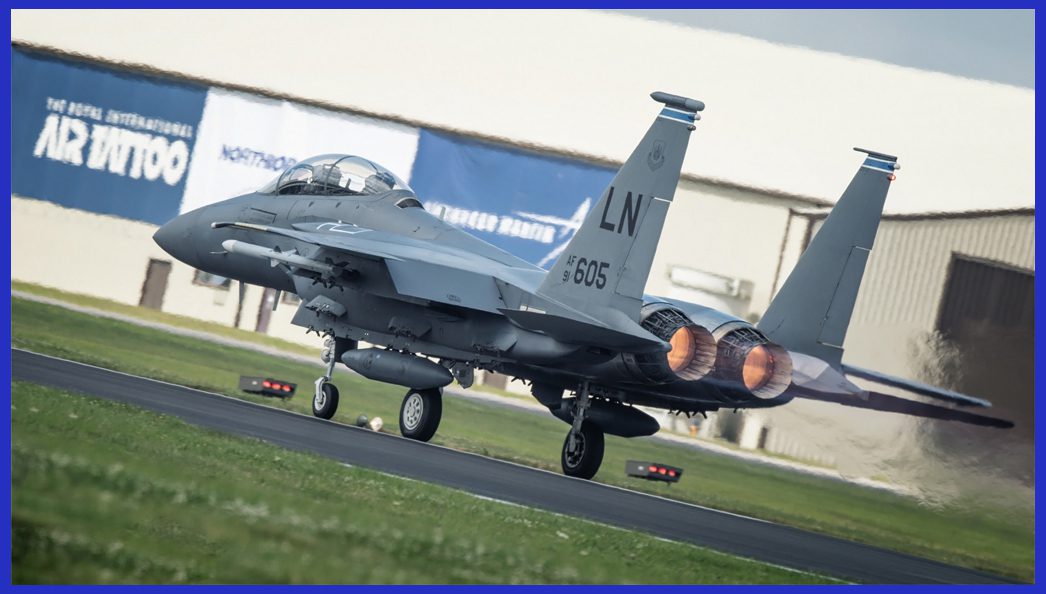
This newest version of the missile is operational on all F-35 Joint Strike Fighter variants. It is the only radar-guided, air-to-air missile cleared to fly on the F-35.
The AIM-120A and AIM-120B models are currently nearing the end of their service life while the AIM-120D variant has just entered full production. To replace the AMRAAM with a longer-ranged weapon that can compete with foreign weapons like the Chinese PL-15, work on the AIM-260 Joint Advanced Tactical Missile ( JATM ) started in 2017.
In 2021, Raytheon announced plans to commence flight tests, with an initial operational capability scheduled for 2022. They introduced the AIM-120D3 as the longest-range variant currently under testing and the AMRAAM-AXE, an air-launched variant of the NASAMS-based AMRAAM-ER, in July 2022 (air-launched extended envelope). The performance of the Chinese PL-15 missile likely played a role in the development of the AIM-120D3 and AMRAAM-AXE.
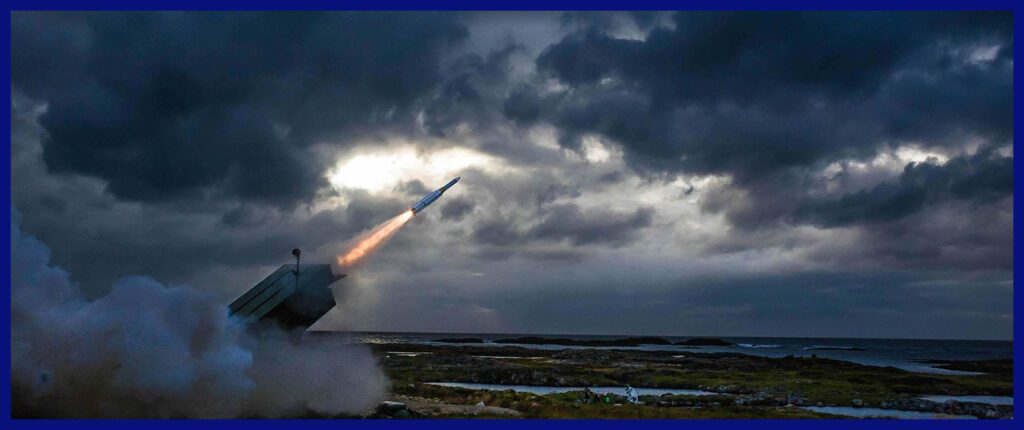
Ground Launched Version of AMRAAM
The new, ground-launched Extended Range ( ER ) missile will intercept targets at greater ranges and altitudes. By using a larger rocket motor and improved flight control algorithms, the AMRAAM-ER came into existence.
The AMRAAM-ER missile, which was created primarily for ground-based air defence, will be incorporated with the NASAMS ( Norwegian Advanced Surface-to-Air Missile System ) launcher for greater air defence protection in the medium-range air defence market. Twelve nations jointly own NASAMS, which has been a part of the air defence system for the US National Capital Area since 2005. In the second quarter of 2021, the first flight test of the ‘ ER ‘ missile was successfully accomplished. Production deliveries were expected in 2022.
A more recent addition to the NASAMS system is the High Mobility Launcher, developed in collaboration with Raytheon. This launcher utilizes a Humvee as the launch vehicle and can accommodate four AMRAAM missiles along with the option for two AIM-9X Sidewinder missiles.

The extended-range ‘ ER ‘ modification for surface-launched missiles was made available by Raytheon as part of the SLAMRAAM programme. In actuality, the missile is an evolved Sea Sparrow missile with an AMRAAM head and a two-stage guidance system. The 2007 Le Bourget Air Show served as its debut venue.
After SLAMRAAM financing was discontinued in 2011, work on the NASAMS system resumed in 2014. In February 2015, Raytheon introduced the ‘ER’ (Extended Range) missile option for NASAMS, touting a 50 per cent increase in maximum range and a 70 per cent increase in maximum altitude. This increased the engagement envelope. It was anticipated that production would begin in 2019. Notably, Qatar had already ordered ‘AMRAAM ER’ missiles in 2019 as part of a NASAMS order.
In 2022, the ‘ER’ variant successfully underwent an audit, confirming that the missile meets all specified requirements and is prepared for production.
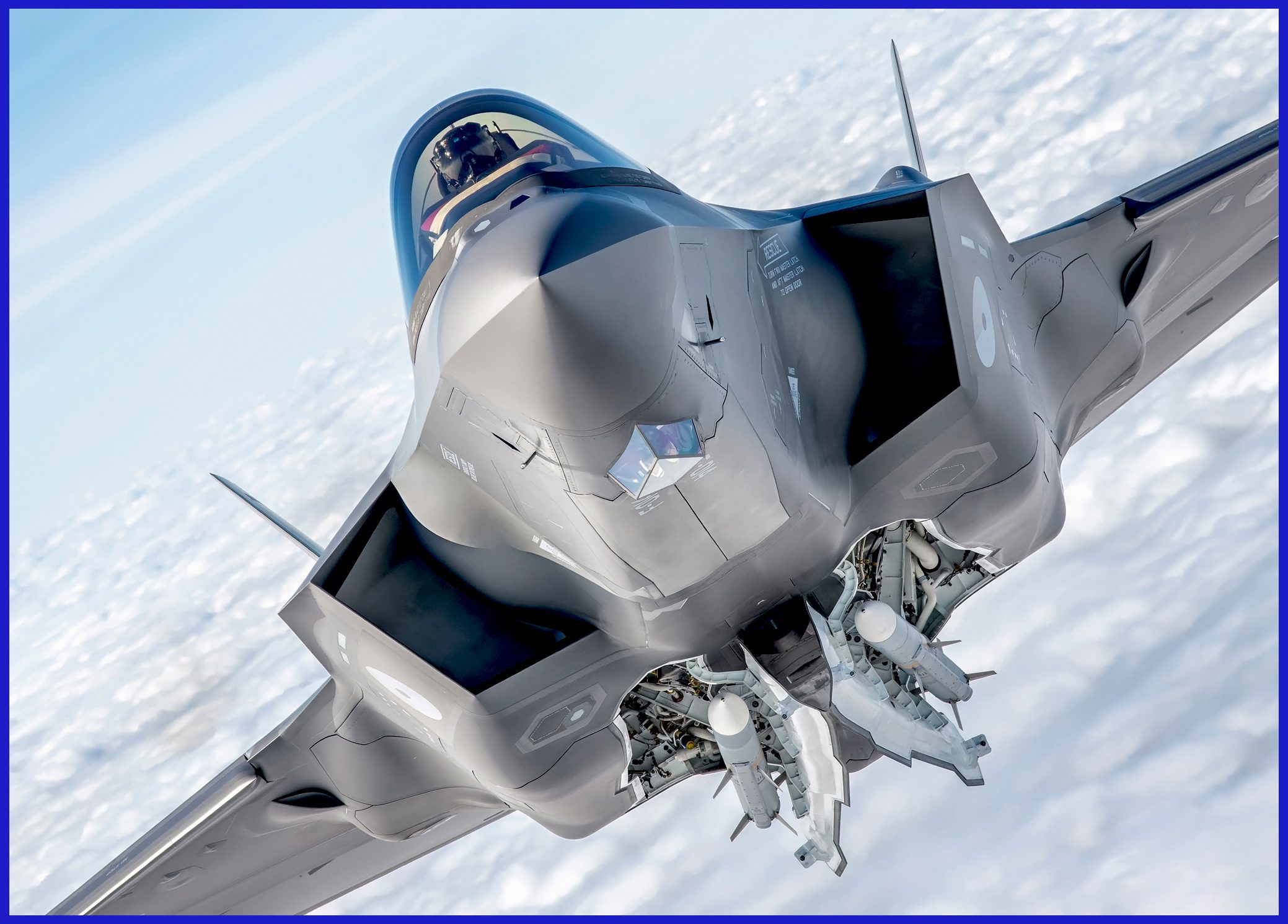
Specifications of the AIM-120D AMRAAM Missile
- Weight: AIM 120D _ 162.4 kg ( 358 lb )
- Length: 12 ft ( 3.65 m )
- Diameter: 7 in ( 178 mm )
- Wingspan: 1 ft 7 in
- Warhead: High Explosive Blast Fragmentation warhead weighing 22 kg
- Detonation: Proximity & Impact Fuse
- Engine: Solid propellant rocket
- Range: 105 – 160 km
- Speed: Mach 4
- Guidance: Intertial Guidance, Terminal active radar Homing & Optional mid-course update data link
- Launch Platform: All NATO military aircraft are designed to launch this missile

Furthermore, seize this exclusive opportunity to acquire exquisite large-scale 1/72 premium die-cast models of the formidable F-35A, armed with Sidewinder, Paveway, JDAM, AMRAAM, and the F-35B armed with B61 and AMRAAM. These remarkable and iconic military jets, widely acclaimed as the epitome of advanced and sophisticated stealth aircraft, are now available for purchase on AirModels with worldwide delivery. Don’t let this chance slip away to own these exceptional and meticulously crafted models that flawlessly encapsulate the essence of aviation history. Click here now to secure your piece before the limited stock is depleted.
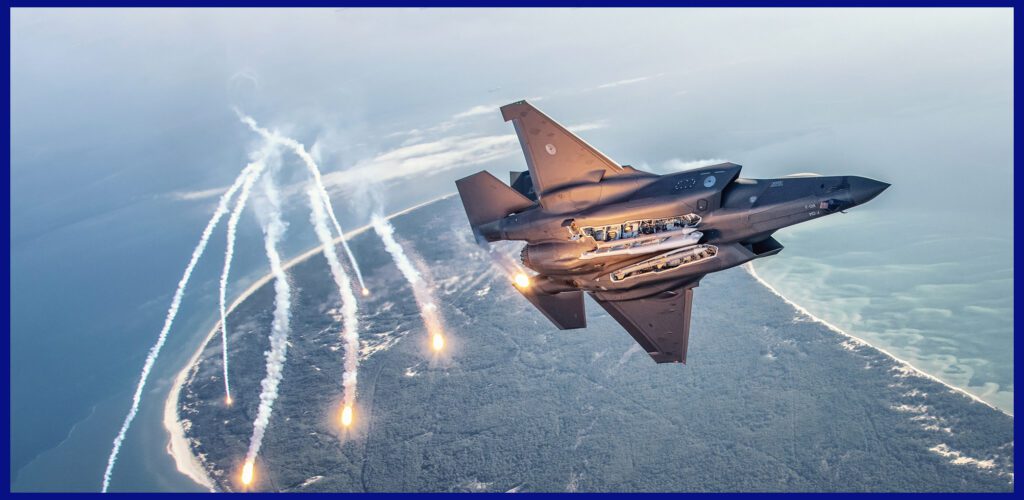
In conclusion, in the ever-evolving landscape of military technology, the development of advanced weapons like the AIM-120 AMRAAM represents a testament to human innovation and dedication to national defence. Through meticulous research, rigorous testing, and continuous refinement, these missiles exemplify the pinnacle of air-to-air combat capabilities.
The AIM-120’s journey, from conceptualization to deployment, embodies the synergy of military expertise and technological prowess. Its impressive range, guided by cutting-edge radar systems, and its ability to resist countermeasures make it a formidable tool in safeguarding the skies. Moreover, the iterative development process underscores the commitment to excellence, ensuring that these missiles remain at the forefront of modern aerial warfare.
As the global security landscape evolves, so too will the development of such advanced weaponry. These missiles stand as a testament to our ability to adapt, innovate, and protect our nations from emerging threats. The AIM-120’s story serves as a reminder of the unwavering dedication to maintaining peace through strength, ensuring that our skies remain secure in an ever-changing world.
Important Announcement for Our Valued Readers!
After an article is published, it is possible that updates or changes may have occurred beyond the time of publication. Therefore, it is important to be aware that certain information in the article might be outdated. To ensure the most accurate analysis, it is highly recommended to verify the content with the latest sources available.
However, we are dedicated to delivering outstanding articles on military products and global updates. Maintaining quality and smooth operation requires resources. Your support sustains our efforts in providing insightful content. By purchasing high-quality products through our affiliated links, you help us keep our platform alive and acquire top-notch items. Your unwavering support is invaluable and inspires us to strive further.
We welcome your suggestions and requests for more information, as we value feedback from our readers. If there’s specific defence material or equipment not covered on our site, please share your request in the comments. We’ll strive to research and provide the required information. We sincerely thank you for your unwavering interest in our website, and we eagerly anticipate hearing from you! Enjoy your reading experience!

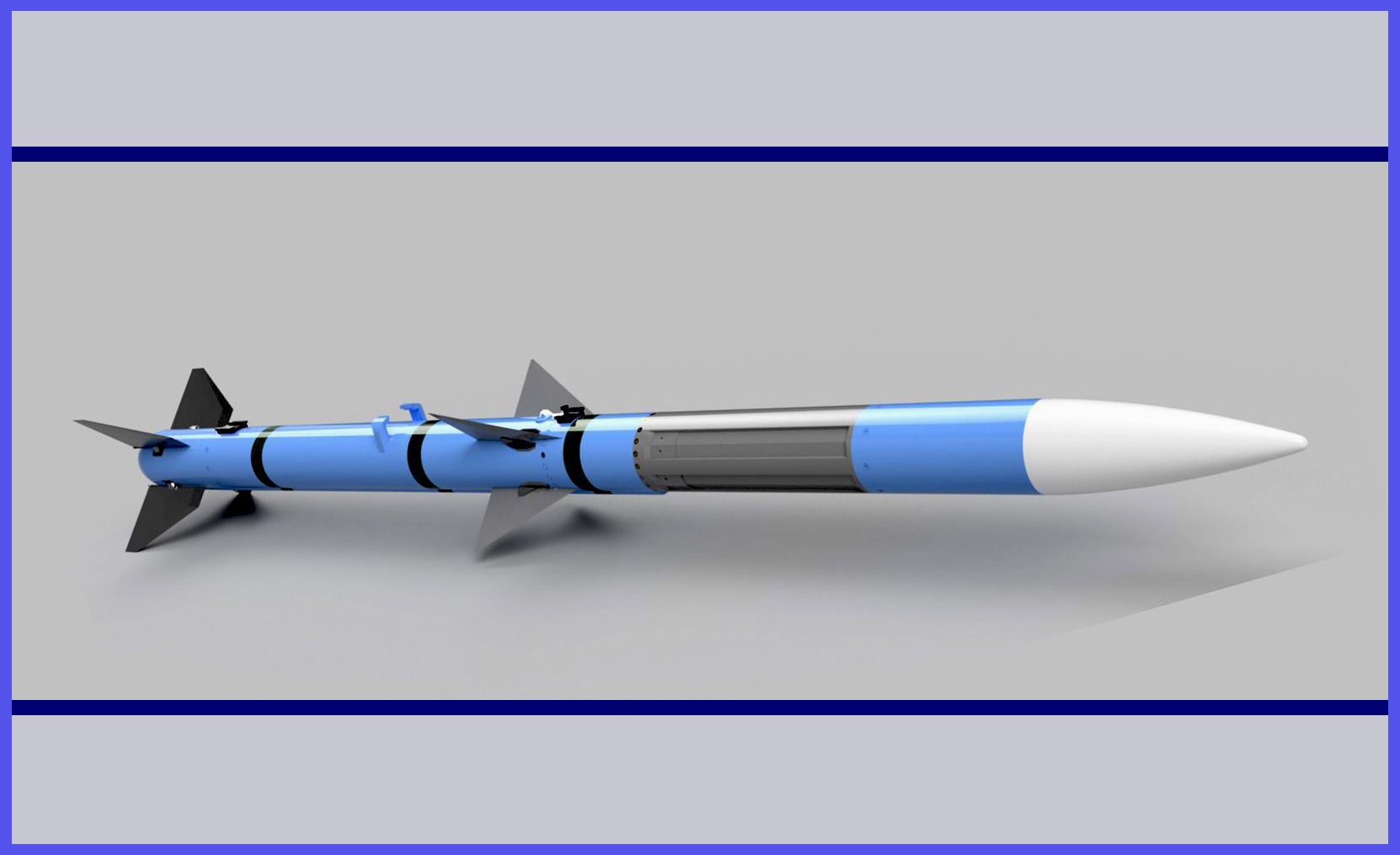
2 thoughts on “AMRAAM”